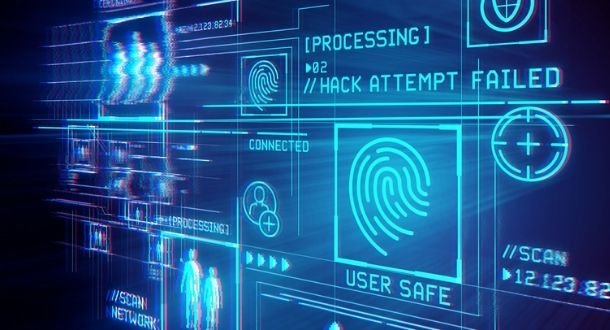
Authentication is the process of demonstrating your identity. The user must verify their identity by supplying particular access credentials in order to access protected information, systems, or places. The primary categories of authentication elements are as follows:
Factors of knowledge (what the user is aware of): For instance, a PIN, passphrase, or password.
Possession factors: The user may utilize an item in their possession, such as an access card, OTP, key fob, or similar physical security token, to confirm their identity.
Factors of inheritance (something the user is or does in a certain way): This sort of authentication factor is based on a biometric feature of the user, such as their fingerprint, palm print, iris, or face, or on the way that they complete a certain task in a distinctive way (e.g., their typing or vocal timbre and pattern).
Location factor: This sort of authentication factor is based on user location via GPS or IP information.
MFA
MFA increases the security of an organization by requiring extra elements to confirm a user. Organizations seeking to strengthen their security can use MFA to provide a better level of confidence and the possibility to grant verified users access to websites, apps, and resources because usernames and passwords have shown to be vulnerable to attack.
To get access, a user must submit at least one extra form of authentication via MFA. By requiring extra data that is simple for authorized users to submit and highly difficult for cybercriminals to get, requiring a factor in addition to the user name and password provides a greater level of security.
Typically, the procedure is:
- To access an account, a user must provide their username and password.
- It is necessary to provide a second verification factor, such as a fingerprint, PIN, or one-time password (OTP).
- The user submits the required factor, which is dependent on the data they initially gave when they created their account.
2FA
When using two-factor authentication (2FA), the user must submit two authentication factors in order to get access. Two-factor authentication is used when withdrawing cash from an ATM. The user may only do so with the proper combination of a bank card (possession factor) and PIN (knowledge factor).
Another illustration: The user needs to access a 2FA-protected online account. They must enter the proper password (knowledge factor) and one-time password (possession factor), both of which are only accessible on the user’s mobile device (either sent via SMS or provided via an authentication app).
The most popular MFA technique at the moment is 2FA, however as technology develops and attackers find efficient ways to circumvent its security.
3FA
A third layer of security is added to user accounts by three-factor authentication (3FA), which is a more secure authentication method. Users must supply three unique authentication factors. For instance: their fingerprint, security card, and password (to be scanned and compared to a previously created record). an OTP password, their voice, or a PIN (to be compared with a recorded audio file).
Stolen passwords are substantially less of an issue when 3FA is enabled.
Businesses and organizations that require a high degree of security, such as banks, government institutions, airports, hospitals, etc., typically use 3FA.
4FA
The employment of four different identity-verifying credentials, often classified as knowledge, ownership, inherence, and location aspects, is known as four-factor authentication (4FA). Occasionally, corporations and government organizations that want the highest level of security employ four factor systems. An attacker’s ability to forge or steal all of the required pieces becomes increasingly implausible as multifactor authentication categories advance.
All requirements a user must meet in order to log in, such as a user name, password, or personal identification number, are considered knowledge factors (PIN).
Possession factors are any requirements that a user must meet in order to log in, such as an OTP token or a smartphone with an OTP app.
Inherence factors include biometric user information that is verified for login, such as voice recognition, iris scanning, and fingerprinting.
A fourth element for authentication is occasionally thought to be user location. The prevalence of smartphones can reduce the burden: The GPS feature on most smartphones allows for a decent level of assurance when confirming the login location.

He is a well-known expert in mobile security and malware analysis. He studied Computer Science at NYU and started working as a cyber security analyst in 2003. He is actively working as an anti-malware expert. He also worked for security companies like Kaspersky Lab. His everyday job includes researching about new malware and cyber security incidents. Also he has deep level of knowledge in mobile security and mobile vulnerabilities.



